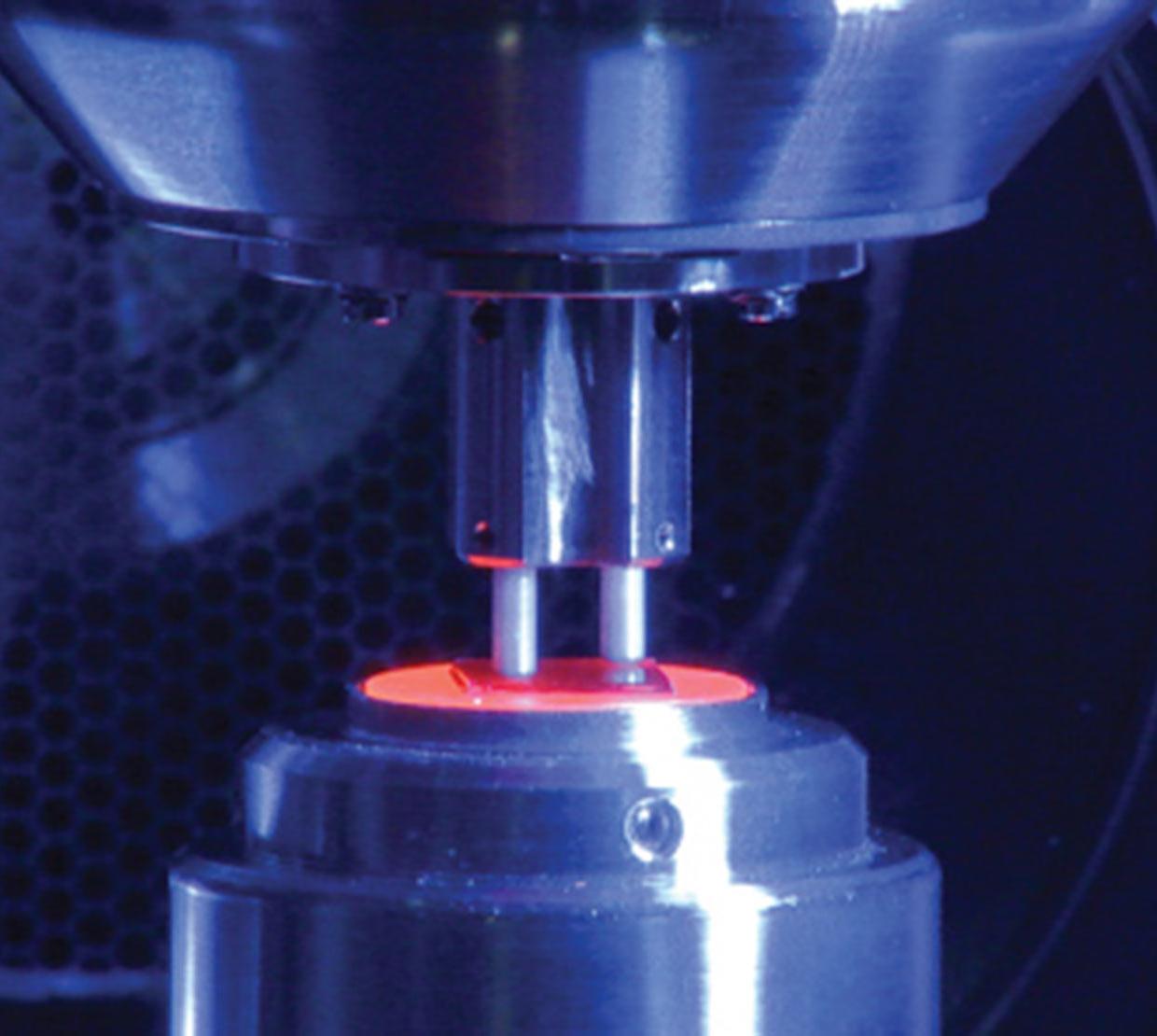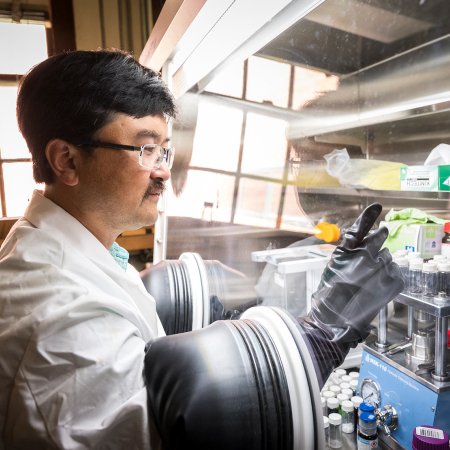Transforming an industry for a healthy planet
Faster. Cheaper. Cleaner. Better. These are what we come to demand of our electronic devices and the materials used to create them. The interdisciplinary field of materials science—an area of distinction within the College of Science—focuses on discovering ways to design and deliver new, high performance materials with a low energy impact.
What keeps our materials scientists up at night is how to expand the “chemistry toolbox” and make materials more sustainable, efficient and functional. Researchers study a sustainable materials chemistry platform to build superior materials that address the world’s pressing needs in energy and information technologies.
Recently NSF’s Science Nation visited OSU to produce a video about the Center for Sustainable Materials Chemistry (CSMC) and the next generation of electronic circuits that their research will enable, starting with the basic computer chip. Our materials scientists envision a transformation of the manufacturing process through science: from bulky, inefficient carbon compounds to sustainable, highly functional metal oxides that can put more transistors on a chip and more power in your electronics.
With growing demand for networked devices, CSMC offers a sustainable path to meet global needs. The Center is reinventing the basic chemistry upon which these manufacturing approaches are based, focusing on earth-abundant elements and atom-efficient synthetic and fabrication methods.
But industry has different needs, from semiconductor manufacturers focused on scaling to ever-smaller device structures to printed and display electronics focused on scaling performance across large areas. Such divergent needs have CSMC exploring new solution-based methods for producing high-quality thin films and patterns for next-generation devices.
The serendipity of science. To appreciate the science behind today’s high performance materials, it’s helpful to look back in history. Much of the science that informed today’s technological advances started decades ago. Take Apple’s newest Retina display monitor. The discovery of the technology inside it was developed through a collaboration between chemistry professors Doug Keszler and Art Sleight, physics professor Janet Tate and engineering professor John Wager, who later commercialized the devices for industry. But it all started for an entirely different purpose.
The researchers set out to test new materials known as p-type transparent conductors. The properties of the materials caused the team to more deeply consider conventional transparent conductive oxides used since WWII for applications such as de-icing planes. This led the group down an unintended path with an amazing discovery: new oxide semiconductors for thin-film-transistors produced brighter displays at higher resolutions than standard technology, were faster at turning on and off and were cheaper to produce. Aha moment: these materials revolutionized flat-panel displays.
"It’s really just imagining the possibilities, mastering the materials science and having a little luck. That’s what science is all about: navigating the pathways of discovery and training your mind to respond to an unexpected situation.” --Doug Keszler, Distinguished University Professor of Chemistry and Center for Sustainable Materials Chemistry Director




